Today on Sanctus Ignotum we have a case study in race relations, and our first South American saint. Born in Lima, Peru in 1579, the illegitimate son of a Spanish knight and a liberated black slave, Martin was initially apprenticed to a barber-surgeon. He joined the Dominican Order as a lay-helper, though his dedication to the poor, coupled to a hallowed nature, meant that he was soon invited to become a full-time lay-brother.
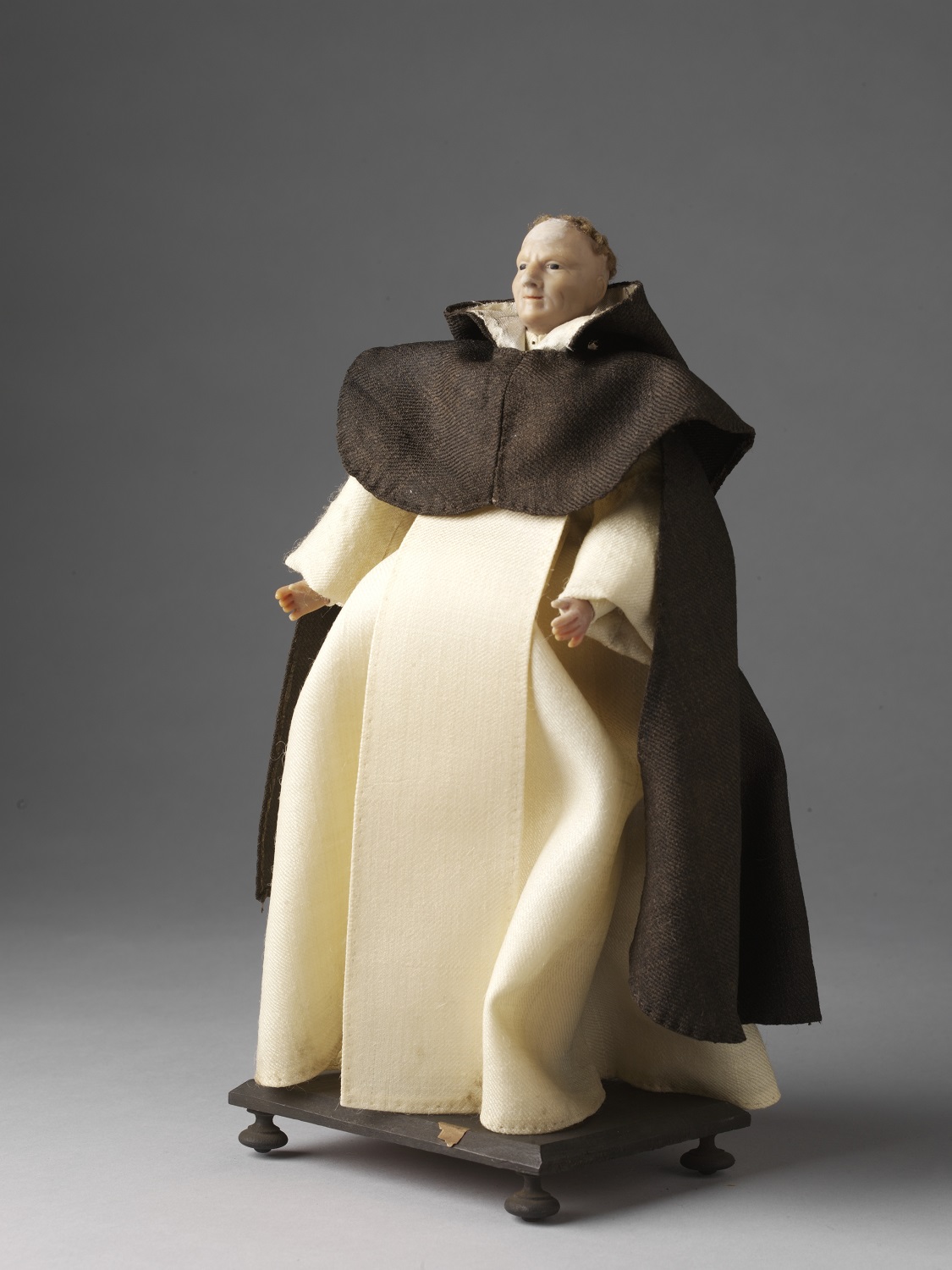
He frequently experienced bouts of religious ecstasy, having spent nights in prayer. He kept himself very busy as monastic gardener and barber (two related skills), and as a counselor (some barbers may also believe this is a native skill). Away from the scissors he found time to attend to the sick and the poor. It was said that most of his cures came from a simple glass of water. Being of mixed race parentage himself, he was not as discerning as some of his colleagues in offering spiritual and physical comfort. The other Brothers dubbed him the ‘Father of Charity’ although he, being humble and saintly, preferred to call himself ‘Mulatto Dog’. Martin’s commitment to everyone’s wellbeing, no matter their colour or creed, does not appear to have been complemented by a reforming attitude to social conditions. Once, when his monastery encountered financial difficulties, he suggested that they sell him into slavery in order to make ends meet. Happily, they declined to do so.
Martin regularly performed miracles. He could levitate, bilocate (appear in two places at once), and communicate with animals. He died a famed and much-revered figure in 1639. Miraculous cures were claimed at his tomb almost immediately after he was interred, which led to a papal enquiry in 1660. He was not beatified until 1837, however, and his canonisation was not formalised until 1962. Martin de Porres boasts many patronages; social justice, Vietnam, hair-stylists, lottery winners, mixed-race people, public health, the Peruvian navy’s aviators and race relations.
Martin appears here on a small lithographic card dating from 1937, 25 years before he was canonised. He has with him his usual attributes. The broom represents his belief that all work was sacred, no matter how menial. The cat, mouse and dog all eating from the same dish represents his miraculous communication skills, and stresses the importance of fostering good race relations. This object was acquired in 2012 as part of a group of holy cards which carry representations of saints from Africa and the African Diaspora. It can be seen by appointment in the V&A’s Prints and Drawings Study Room.
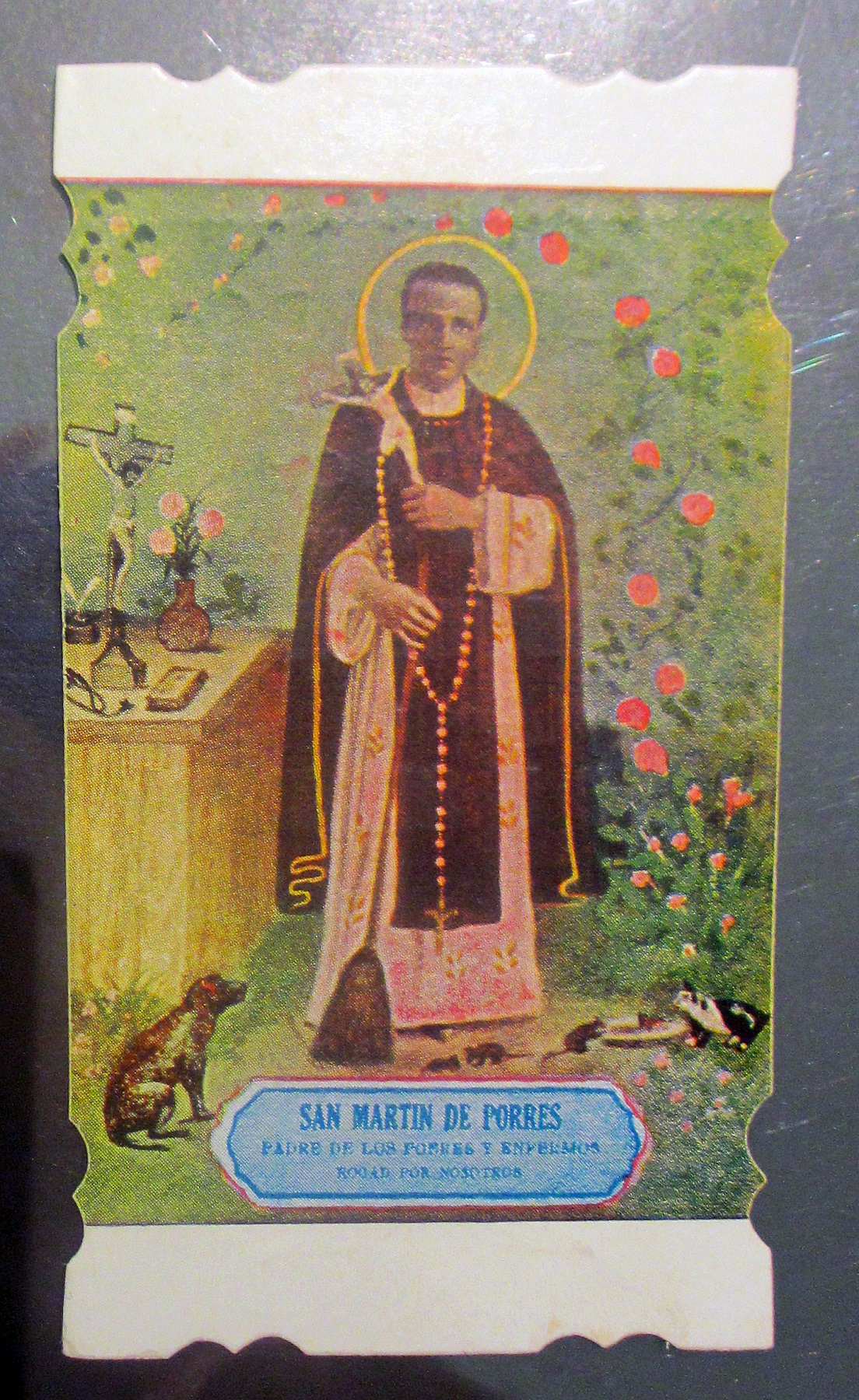
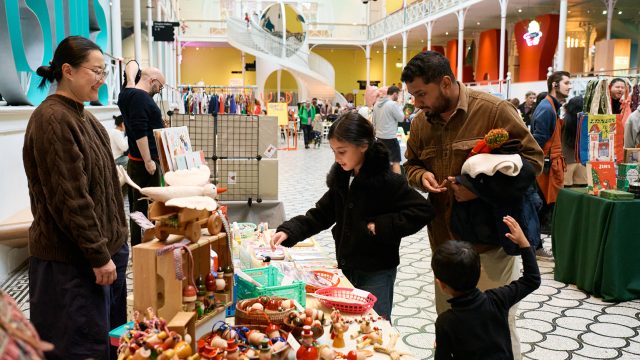
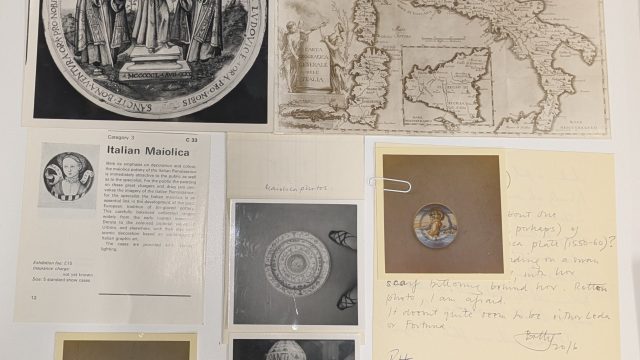
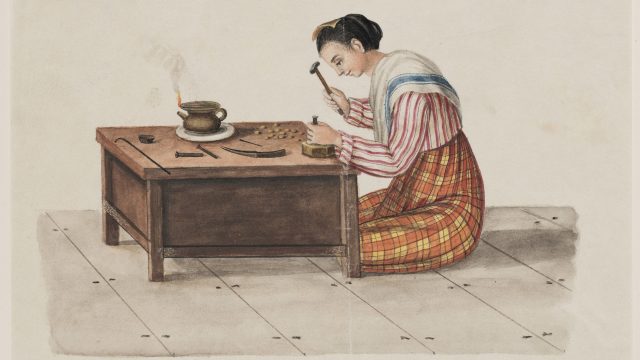
Dear William, my familiarity and continuing interest in St. Martin stems from receiving a statue of St. Martin some 20 yrs ago from my sister whose eldest daughter was given her middle name, Martina, in honor of St. Martin. Since, I have found there are a number of churches named for St. Martin, but churches at which I worshipped during my travels do not acknowledge his importance or elaborate on his beatification and elevation to sainthood. I think this is so because of a lack of interest. These churches are in parishes that are predominantly Caucasian. So for St. Martin, as well as the many mixed race people, what he knew so long ago as segregated interest continues to survive. I feel if more detail about St. Martin’s life and his saintly nature and virtues were shared he would emerge as a most important figure in the Catholic Church. THANK YOU for sharing some things about St. Martin of which I was unaware! Bless.
Hello, thank you for your excellent museum and this page on St. Martin de Porres. I would be interested in knowing more about his communication with animals. I clicked on the link in the article but it goes to a video that is private.